What is community solar?
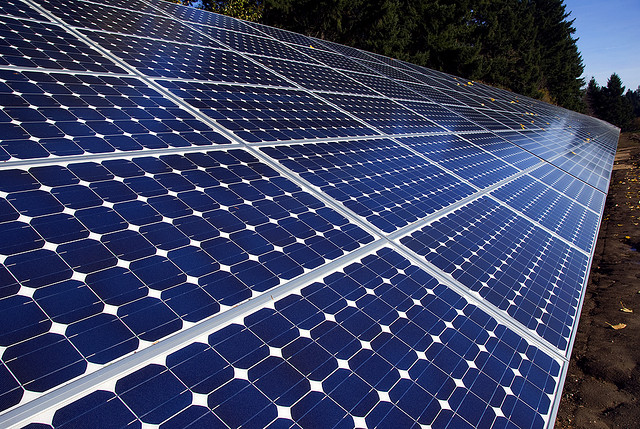
Community solar is an upcoming type of solar installation where people who live in the same neighborhood, or who are members of a community, can get together and invest in a solar farm, in order to profit from electricity or financial benefit.
Traditional types of solar installations
Today, the solar industry divides it's solar installations in 3 main areas:
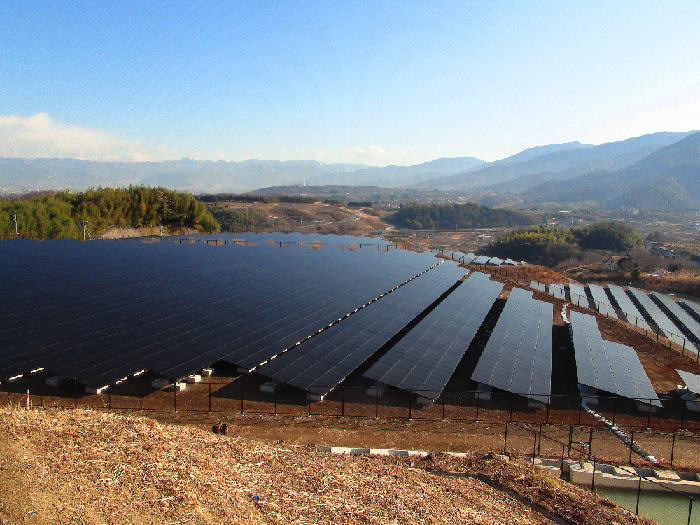
Utility scale
Utility scale solar farms are large solar panel arrays, usually mounted directly on the ground, which can produce more than 1MW of electricity. The electricity produced by the solar farm is connected directly to the grid, and managed by the local utility company. The entity owning the solar farm might benefit from a renewable energy tariffs, or another form of renewable energy incentive to make this investment profitable.
Commercial/industrial rooftop

Commercial/industrial rooftop solar installations are installed on the roof of a factory, parking lot, hangar, or any surface of a business structure exposed to the sun which might otherwise not be used. These type of solar installation are most often rooftop, although not systematically.
These installations can be grid-connected or off-grid. Usually, installations are off-grid if it is in such a remote area for which bringing electricity transmission infrastructure would cost more over the life of the solar farm than investing in enough solar panels (and energy storage) to be self sufficient.
If the facility is grid-connected, the commercial/industrial structure the solar plant is attached to can do 2 things:
- Consume as much electricity as possible from the solar panels, and sell the surplus electricity to the grid. This mechanism is called Net Metering.
- Consume all the electricity from the solar panels, and buy the extra required electricity from the grid.
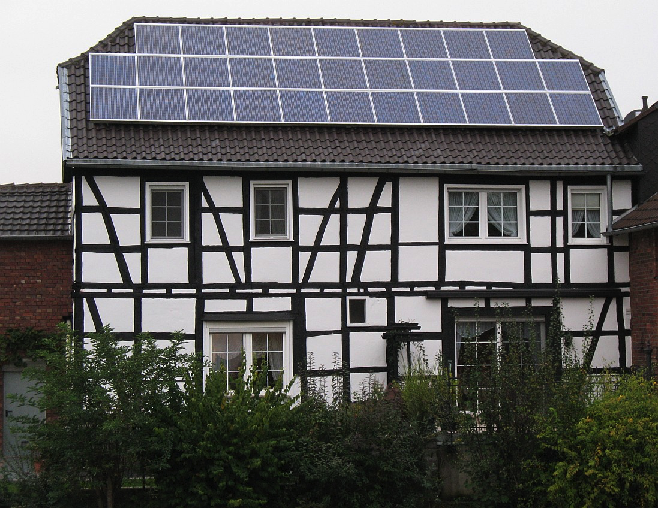
Residential rooftop
Residential rooftop solar installations are solar panels which homeowners or long-term tenants install on the roof of their house. The same way as commercial/industrial solar panel users do, residential customers will use the Net Metering mechanism: use as much as they can of electricity from their solar panels, and purchase the rest in the traditional way, from their utility company.
Some companies offer the installation of solar panels for free, in exchange for keeping a portion of the electricity produced from the solar panel for themselves. They then sell their portion of the solar panel's electricity on the market, which reimburses over a certain period of time the investment they made in the panel over your house.
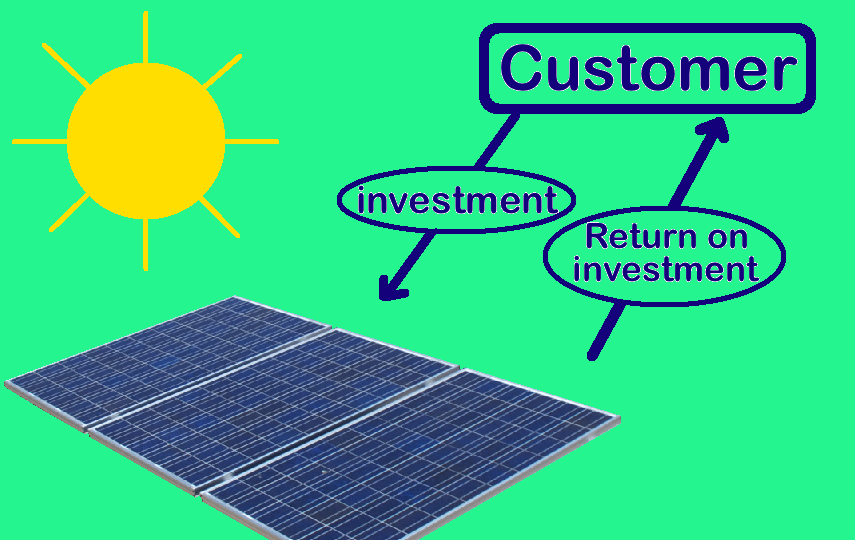
Community solar simply explained
Community solar is different from both residential rooftop and commercial/industrial rooftop. Residential rooftop installations require a separate electrical system per house, which is rather costly (such as transformers, inverters, or storage). Commercial/industrial installations offer economies of scale, but usually belong to one single entity, and it is not common for residential user to also invest in the project in order to own part of it.
Community solar can offer advantages over residential solar:
- Improved economies of scale: indeed, a larger number of people will be investing in a single project, so there will be less waste on smaller individual systems.
- Optimal project siting: a roof might not be the ideal place to install solar panels: the inclination might not be fit for the sun's orientation, or neighboring houses may shadow the solar panels. A community solar farm can optimise the location to increase the productivity of the solar panels.
There are three types of community solar project types:
- Utility-sponsored projects
- Special purpose entity projects
- Non-profit projects
Utility-sponsored projects
Utility-sponsored projects are projects in which a residential customer cannot actually join the ownership of the project. Residential customers make an upfront or ongoing payment for the development of the project, in exchange for which they are given a discount on their electric bills that is proportional to their contribution in the project, and how much electricity the solar farm produces. They do invest in the project and receive a return on investment, but not through ownership. It is the utility (or a third party) that will own the project.
Utility-sponsored programs can help make solar power more accessible, less expensive than fitting your own solar panels on your roof.
Examples of Utility-sponsored projects inlude:
- Sacremento Municipal Utility District (SMUD): SolarShares Program, California: 1MW of installed capacity with around 700 participants.
- United Power: Sol Partners Cooperative Solar Farm, Colorado: 10kW of installed capacity with 25 participants
Special purpose entity projects
Special purpose entity projects are structured more like a business. They are owned privately by the participants, they must raise capital, and they must themselves negociate the agreement between the project owners, the site owners and the utility company to which they will sell the electricity.
Usually, these special purpose entities are organized by another existing business with knowledge in the domain of project management, since a project like this is quite complex to create.
Examples of Special purpose entity projects include:
- University Park Community Solar LLC, Maryland: 22kW installed capacity, 36 participants
- Clean Energy Collective, LLC, Colorado: 78kW installed capacity, 18 participants
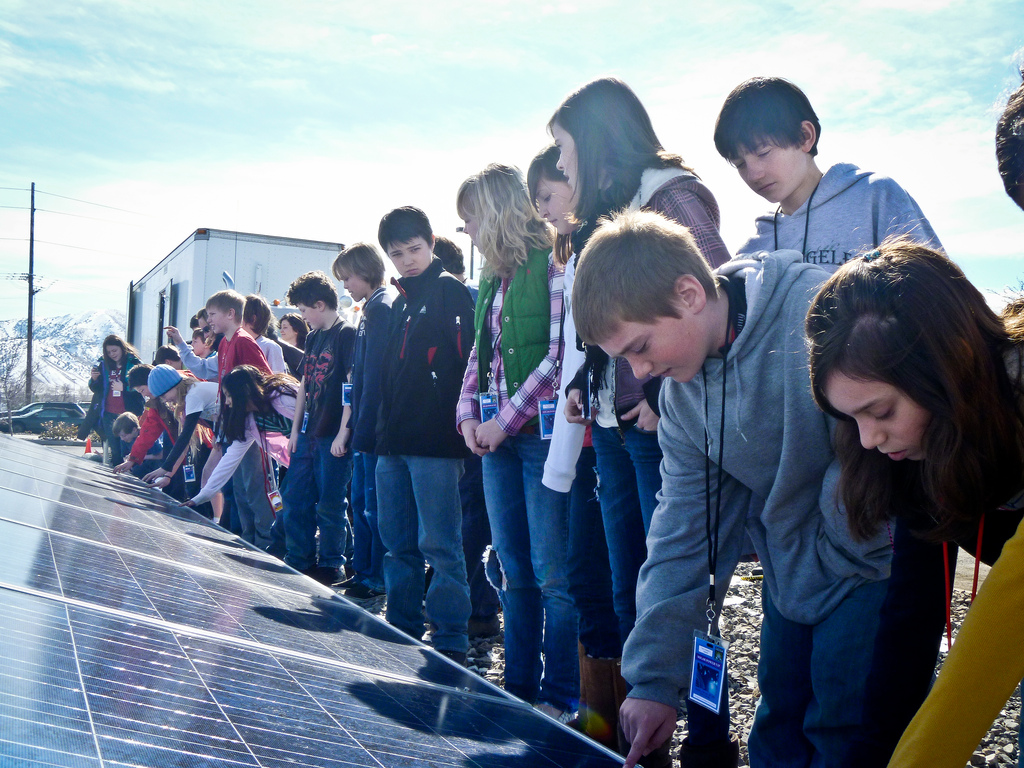
Non-profit projects
Non-profit projects are projects in which donors pay for the construction of the project and do not receive direct benefits from the activity of the solar farm. The benefit from electricity discounts will be credited to schools, churches, low income communities, or other non-profit organisations. Donors may nevertheless receive indirect benefits such as tax benefits.
Examples of Non-profit projects are:
- Solar for Sakai, Brainbridge Island, Washington: 5.1kW installed capacity.
Comparison of the different types of projects within community solar
| Type of project | Utility | Special purpose entity | Non-profit |
|---|---|---|---|
| Owned by | Utility company or 3rd party | SPE shareholders | Non-profit |
| Financed by | Utility company, customers signing up | Shareholder investments, renewable incentives | Donor contributions |
| Hosted by | Utility company or 3rd party | 3rd party | Non-profit |
| Subscriber profile | Customers of the electricity utility | Investors belonging to the same community | Donors |
| Subscriber renumeration | Improve customers' electricity bill | Return on investment, improve customers' electric bill | None |
| Long-term strategy of sponsor | Offer more solar consumption possibilities to customers, having a bigger solar installed based in their portfolio | Investors can sell the system to the project developper, the utility company, or the site owner | Keep giving free renewable electricity to the users till the end of the solar panels' lives |
| Examples |
|
|
Solar for Sakai |
